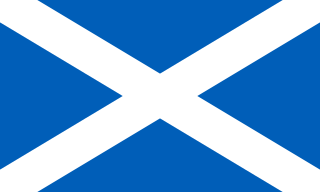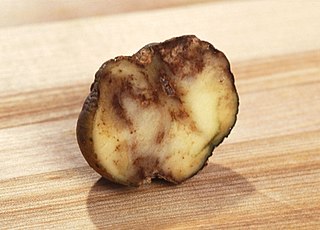 W
WCrofting is a form of land tenure and small-scale food production particular to the Scottish Highlands, the islands of Scotland, and formerly on the Isle of Man. Within the 19th century townships, individual crofts were established on the better land, and a large area of poorer-quality hill ground was shared by all the crofters of the township for grazing of their livestock.
 W
WA croft is a fenced or enclosed area of land, usually small and arable, and usually, but not always, with a crofter's dwelling thereon. A crofter is one who has tenure and use of the land, typically as a tenant farmer, especially in rural areas.
 W
WCrofter Hand Woven Harris Tweed Co Ltd v Veitch [1941] UKHL 2 is a landmark UK labour law case on the right to take part in collective bargaining. However, the actual decision which appears to allow secondary action may have been limited by developments from the 1980s.
 W
WThe Crofters Holdings (Scotland) Act 1886 is an Act of the Parliament of the United Kingdom that created legal definitions of crofting parish and crofter, granted security of land tenure to crofters and produced the first Crofters Commission, a land court which ruled on disputes between landlords and crofters. The same court ruled on whether parishes were or were not crofting parishes. In many respects the Act was modelled on the Irish Land Acts of 1870 and 1881. By granting the crofters security of tenure, the Act put an end to the Highland Clearances.
 W
WThe Crofters' Party was the parliamentary arm of the Highland Land League. It managed to elect five MPs in the 1885 general election and a sixth the following year.
 W
WThe Crofting Commission took the place of the Crofters Commission on 1 April 2012 as the statutory regulator for crofting in Scotland. Based in Inverness, it is an executive non-departmental public body of the Scottish Government. The Commission comprises six Crofting Commissioners elected from geographic areas in the crofting counties, and three Commissioners appointed by the Scottish Government. The Convener is appointed from among Commission members. The Commission is supported by around 60 staff led by a Chief Executive.
 W
WThe first Highland Land League emerged as a distinct political force in Scotland during the 1880s, with its power base in the country's Highlands and Islands. It was known also as the Highland Land Law Reform Association and the Crofters' Party. It was consciously modelled on the Irish Land League.
 W
WThe Highland Potato Famine was a period of 19th-century Highland and Scottish history over which the agricultural communities of the Hebrides and the western Scottish Highlands saw their potato crop repeatedly devastated by potato blight. It was part of the wider food crisis facing Northern Europe caused by potato blight during the mid-1840s, whose most famous manifestation is the Great Irish Famine, but compared with its Irish counterpart, it was much less extensive and took many fewer lives as prompt and major charitable efforts by the rest of the United Kingdom ensured relatively little starvation. The terms on which charitable relief was given, however, led to destitution and malnutrition amongst its recipients. A government enquiry could suggest no short-term solution other than reduction of the population of the area at risk by emigration to Canada or Australia. Highland landlords organised and paid for the emigration of more than 16,000 of their tenants and a significant but unknown number paid for their own passage. Evidence suggests that the majority of Highlanders who permanently left the famine-struck regions emigrated, rather than moving to other parts of Scotland. It is estimated that about a third of the population of the western Scottish Highlands emigrated between 1841 and 1861.
 W
WThe Land Reform (Scotland) Act 2003 is an Act of the Scottish Parliament which establishes statutory public rights of access to land and makes provisions under which bodies representing rural and crofting communities may buy land.
 W
WLynbreck Croft is a 59 hectares farm near Tomintoul in the Highlands of Scotland. The land is held under crofting tenure and the activities of start-up farmers Lynn Cassells and Sandra Baer were showcased on the BBC programme This Farming Life in 2019. The property enjoys the “magnificent backdrop of the Cairngorms”.
 W
WIn Scotland a crofting township is a group of agricultural smallholdings holding in common a substantial tract of unimproved upland grazing. Each township comprises a formal legal unit. Like older Scottish land measurements, such as the davoch, quarterland and oxgang, the extent of a township often varies according to the quality of the land it is on, and this can range from a hundred to a few thousand hectares. There is often a substantial tract of unimproved upland common grazing - known as a "shieling" or "àirigh" which is held in common. This tends to be used in the summer, but with the advent of fertilisers it is often used in colder times as well.